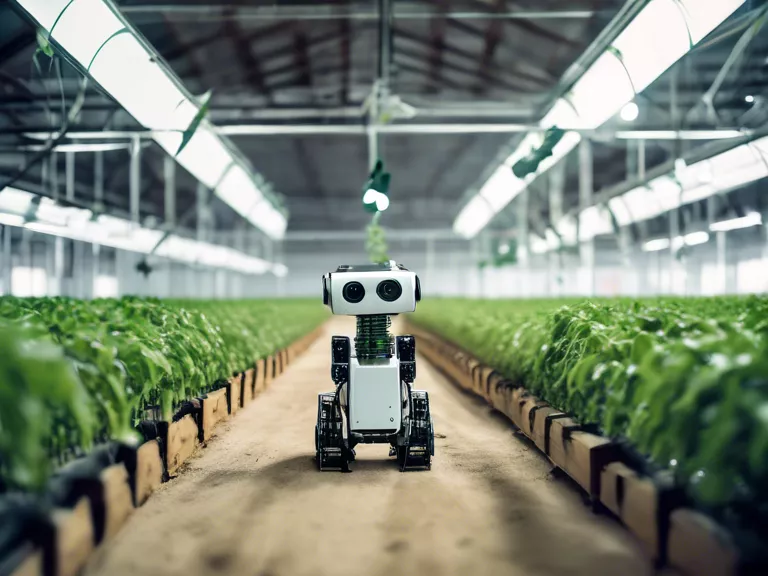
Robots are revolutionizing the agricultural sector by automating various processes and increasing yield. From planting seeds to harvesting crops, these intelligent machines are transforming the way farmers work and helping them achieve higher productivity levels. Let's dive into the role of robots in agriculture and how they are reshaping the industry.
One of the primary roles of robots in agriculture is precision farming. These machines are equipped with advanced sensors and technology that allow them to perform tasks with incredible accuracy. This precision helps farmers optimize resources such as water, fertilizers, and pesticides, leading to increased crop yields and reduced environmental impact.
Robots are also instrumental in tasks such as planting seeds and weeding. By automating these processes, farmers can save time and labor costs while ensuring that each seed is planted at the ideal depth and spacing. Weeding robots, equipped with computer vision and machine learning algorithms, can identify and remove invasive plants without the need for herbicides, promoting organic farming practices.
In addition to planting and weeding, robots are also used in harvesting and sorting crops. With their ability to work tirelessly and efficiently, these machines can handle large-scale harvests more quickly than human laborers. This not only increases yield but also ensures that the crops are harvested at the peak of their ripeness, resulting in higher quality products.
Moreover, robots can operate in a variety of conditions, including extreme temperatures and terrain that may be challenging for humans. This flexibility allows farmers to maximize their production potential and overcome obstacles that would otherwise hinder crop growth.
Overall, the role of robots in agriculture is crucial for modernizing and optimizing the industry. By automating processes, increasing efficiency, and enhancing precision, these intelligent machines are helping farmers around the world achieve higher yields while reducing costs and environmental impact.



